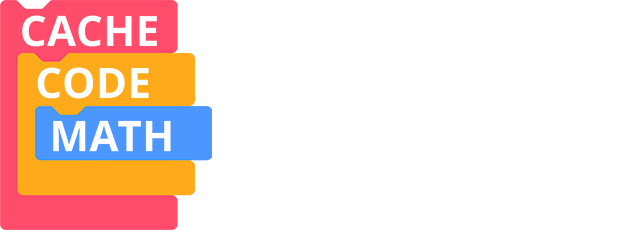Document Type
Article
Journal/Book Title/Conference
International Journal of Education in Mathematics, Science, and Technology (IJEMST)
Volume
13
Issue
4
Publisher
International Journal of Education in Mathematics, Science and Technology
Publication Date
6-15-2025
Journal Article Version
Version of Record
First Page
1
Last Page
19
Creative Commons License

This work is licensed under a Creative Commons Attribution-Noncommercial-Share Alike 4.0 License.
Abstract
Expansive Framing (EF) is a theory and an instructional technique to facilitate connections between content and contexts. We employed EF as an approach to create a series of integrated mathematics and computer science (CS) lessons, using digital technology as a tool to leverage shared mathematical and computational ideas. We used deductive theoretical qualitative analysis of transcripts of classroom implementations to investigate how two fifth-grade teachers and one computer lab paraprofessional educator used EF during their teaching and what the EF approach looked like in practice. Findings suggested that educators engaged in EF principles when they were present in curricular materials, yet they also made additional impromptu (albeit school-based) expansive connections. The teachers in the study also regularly framed students as authors and owners of new knowledge. We recommend that mathematics-CS integrated curricular materials include language and other supports that make unambiguous, specific connections across learning contexts. We posit that EF theory can be a support to educators in the integration of mathematics and coding instruction with digital technology.
Recommended Citation
Beck, K. E., Shumway, J. F., Ocran, P., Clarke-Midura, J., & Recker, M. (2025). Expansively framing mathematics and computer science teaching with digital technology in elementary classrooms. International Journal of Education in Mathematics, Science, and Technology (IJEMST), 13(4), 812-829. https://doi.org/10.46328/ijemst.4862



Comments
This work was supported by National Science Foundation Grant no. 2031382 and 2031404. Opinions, findings, or recommendations expressed in this paper are those of the authors and do not necessarily reflect the views of the funding agency. We thank the participating teachers and students.